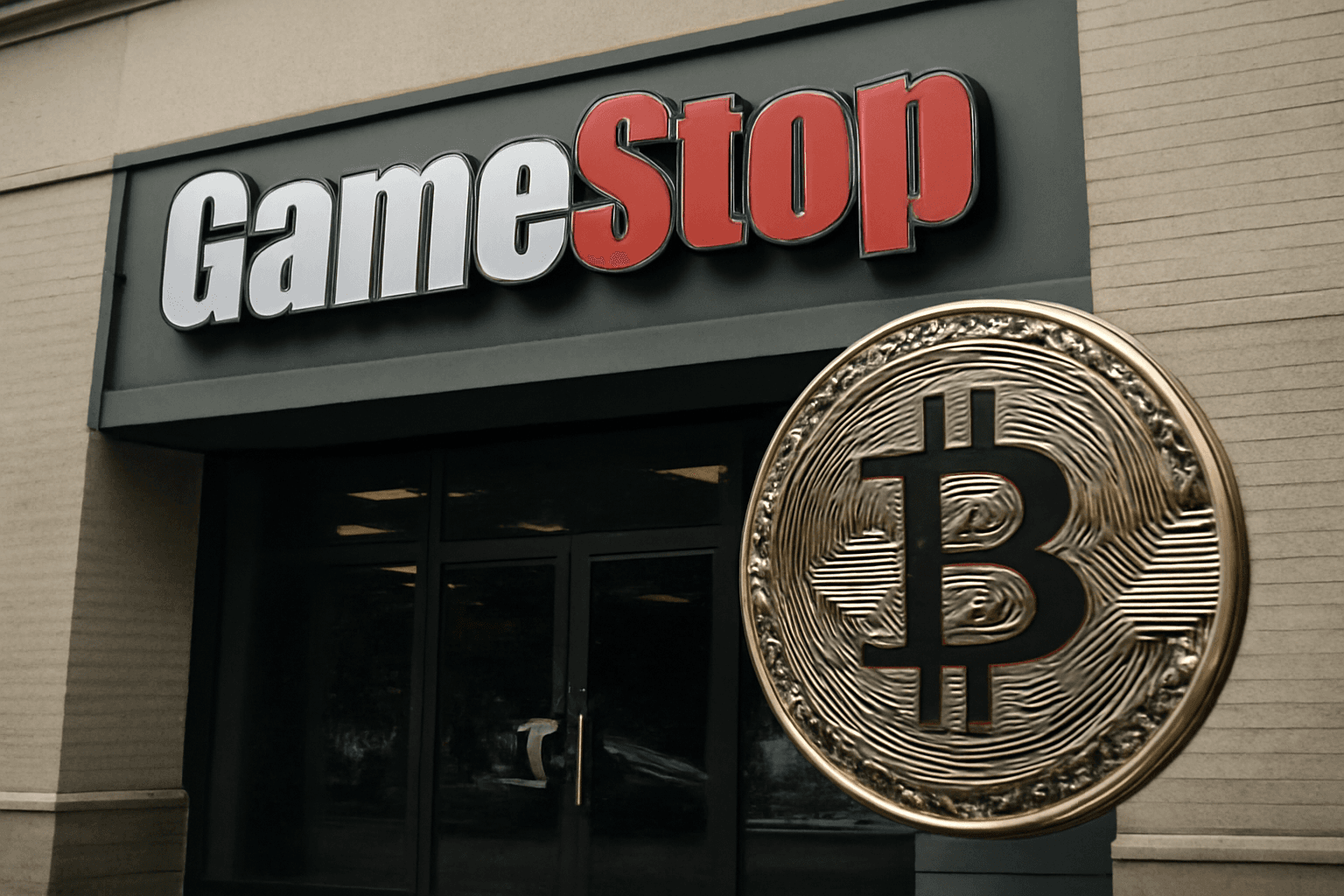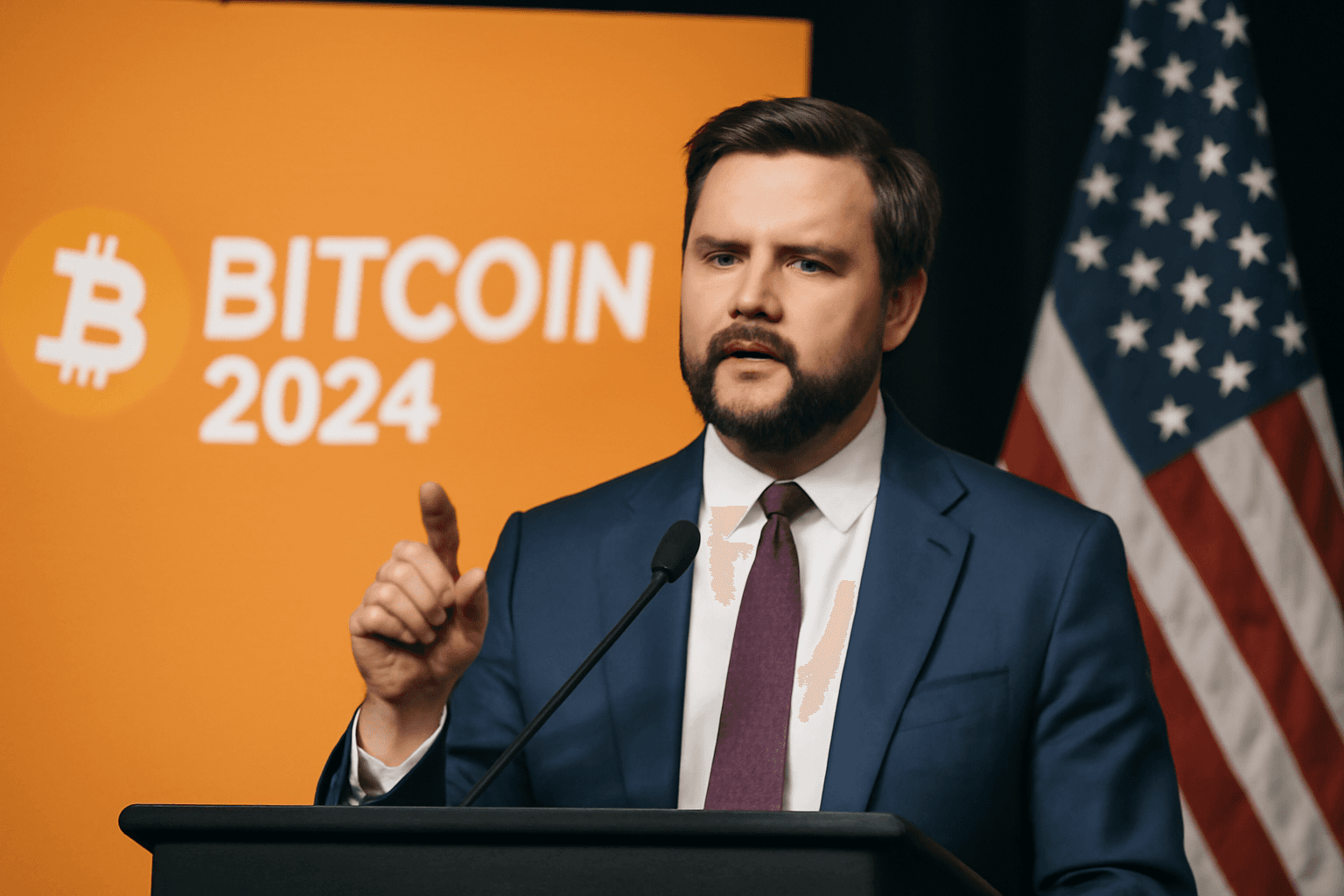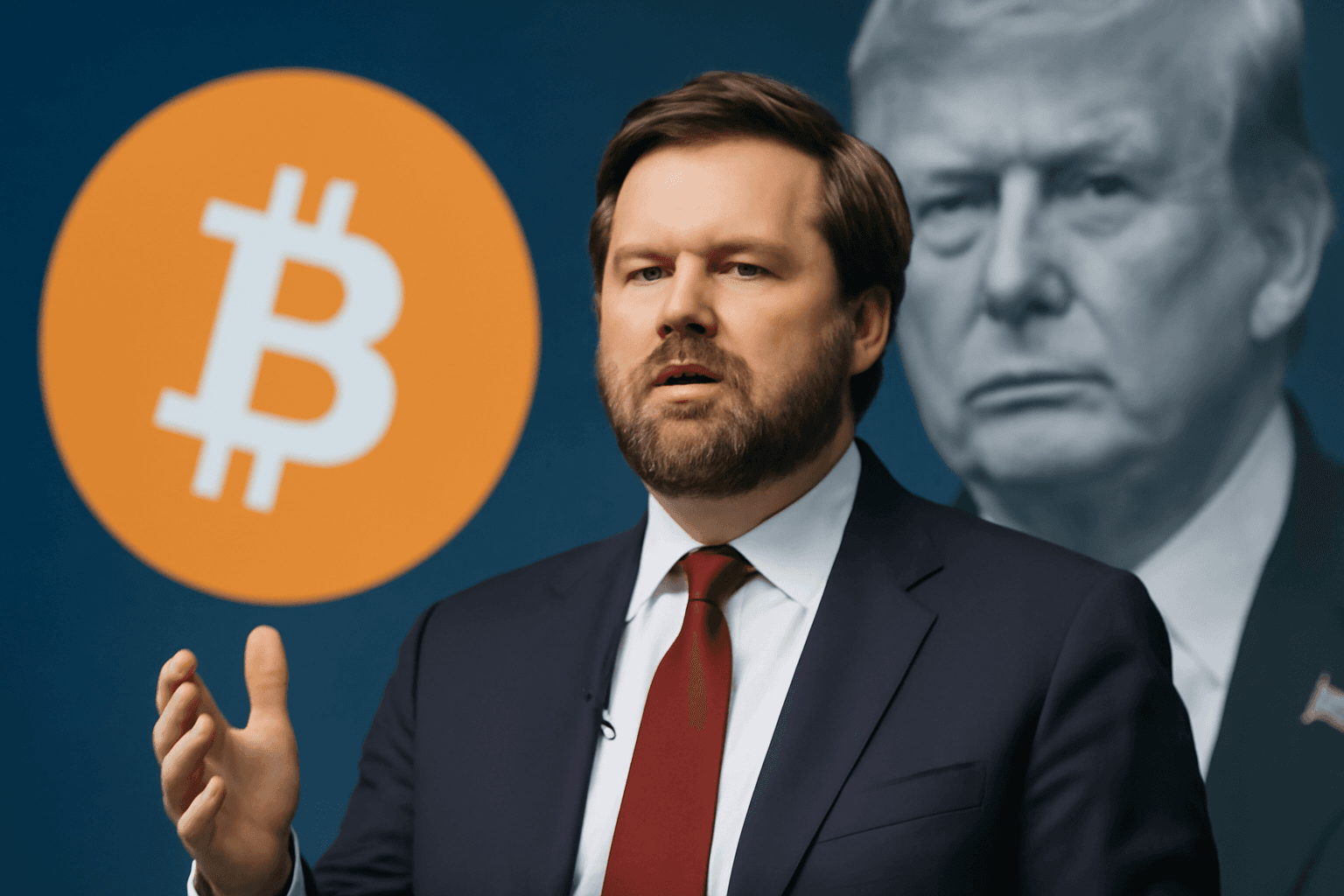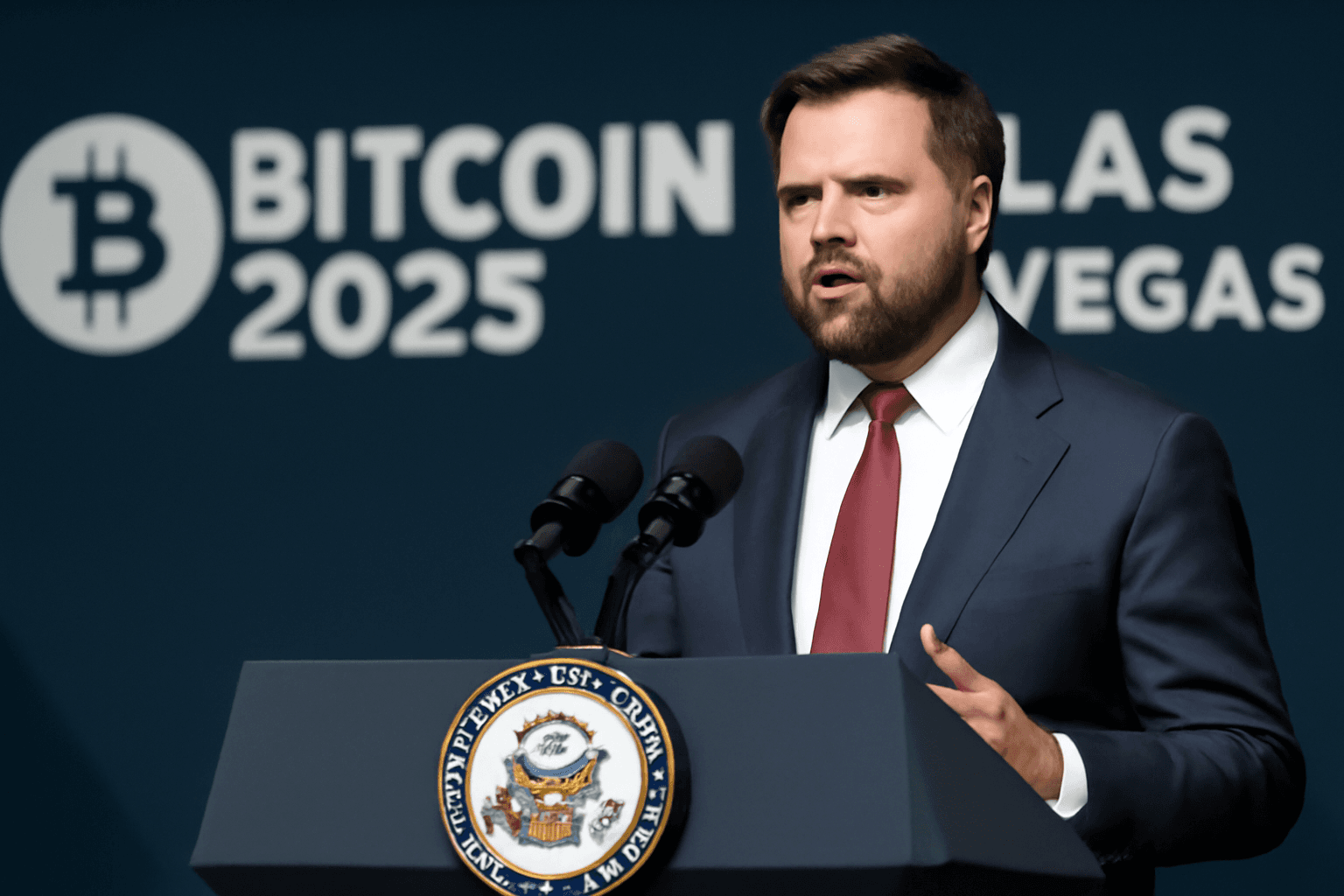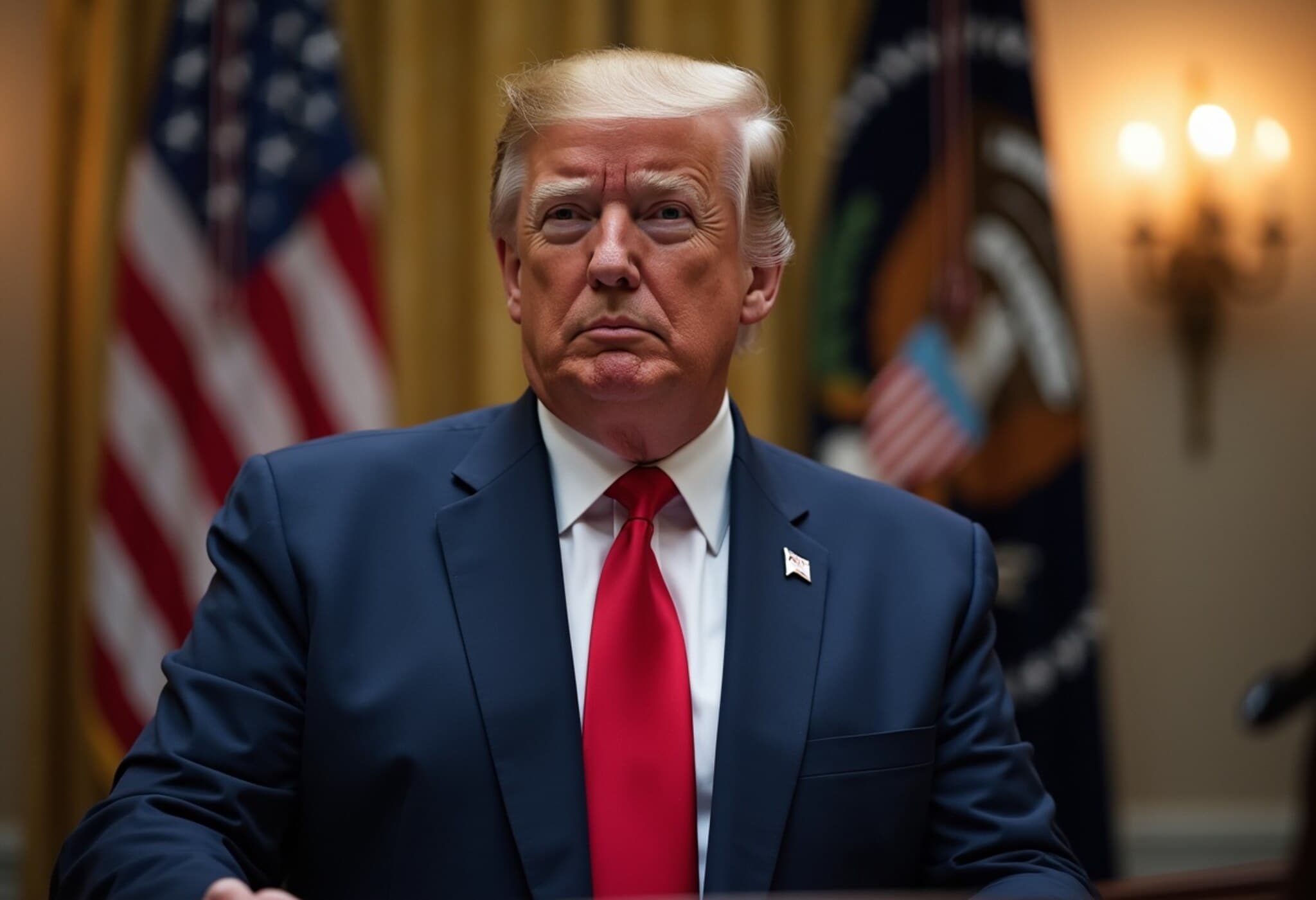Circle Shares Dip After House Vote Stalls Stablecoin Regulation
Shares of Circle Internet Financial, the company behind the widely used USDC stablecoin, experienced a notable decline on Tuesday following the U.S. House of Representatives’ failure to pass a procedural vote enabling debate on landmark cryptocurrency legislation. This setback has injected uncertainty into an industry eagerly anticipating clear regulatory frameworks to guide the future of digital assets.
Market Reaction: From Optimism to Caution
Circle’s stock price dropped roughly 5% immediately after the vote, a meaningful correction after surging more than sixfold since its June initial public offering. Other major crypto-related stocks, including leading exchanges and bitcoin miners, also saw modest declines around 2%. Despite this volatility, investors remain optimistic about the long-term prospects for stablecoins, which serve as the backbone for the broader crypto market.
Understanding the Significance of the Proposed Legislation
The stalled legislation, including the GENIUS Act (Generating Economic New Innovation Using Stablecoins), represents the first substantive federal effort to regulate stablecoins — digital tokens pegged to the U.S. dollar, collectively valued at roughly $260 billion. The bill aims to institute stringent requirements, such as full-reserve backing, monthly transparency audits, and a formalized process for private firms to issue regulated digital dollars under government oversight.
Stablecoins like USDC facilitate seamless trading and transactions across crypto platforms. Federal clarity could bolster their legitimacy and scale, addressing risks that regulators have flagged, including fraud, liquidity concerns, and systemic vulnerabilities.
Politics, Policy, and the Crypto Industry’s Future
This legislative moment also intersects with broader political dynamics. The GENIUS Act carries symbolic weight for former President Donald Trump, who has expressed openness to crypto innovation, and it's viewed as a strategic victory opportunity for lawmakers advocating a pro-crypto stance—seen by industry insiders as the most favorable Congress in recent U.S. history.
Treasury Secretary Scott Bessent has projected that stablecoin markets could multiply nearly eightfold to over $2 trillion if laws provide the right foundation. Meanwhile, White House crypto advisor David Sacks warns that regulatory progress could unleash vast demand for U.S. Treasury securities, injecting fresh liquidity into government funding.
The Role of Crypto’s Political Power and Looking Ahead
The timing of the vote came as Fairshake, the crypto industry’s most influential political action committee (PAC), revealed it holds an unprecedented $141 million to fuel advocacy efforts and support pro-crypto lawmakers ahead of the 2026 midterm elections. This financial muscle demonstrates just how high the stakes have become in shaping the digital currency landscape.
Despite the procedural defeat, congressional leadership is reportedly preparing a second vote, potentially as soon as Tuesday evening, with hopes to adjust the bill’s framework and address opposition concerns. The coming days will be critical in determining whether U.S. stablecoins secure a clear path under federal law or face prolonged regulatory ambiguity.
What This Means for Investors and Regulators
- For investors: The House’s hesitation signals ongoing volatility, but the large-scale potential growth of stablecoins remains promising with eventual regulatory clarity.
- For regulators: Crafting balanced policies that protect consumers without stifling innovation remains the tightrope to walk.
- For the crypto industry: Political advocacy and coalition-building will be instrumental in shaping a regulatory environment conducive to growth and mainstream adoption.
Editor’s Note
The recent stumble in U.S. stablecoin legislation underscores the complexity of integrating nascent digital financial products into existing legal frameworks. While the market reacts with short-term jitters, the broader picture reveals a maturing industry at a crossroads — balancing innovation, investor safety, and government oversight. Observers should watch how subsequent votes or amendments unfold, as they will set crucial precedents not only for stablecoins but for the wider digital asset economy. The failure to reach consensus now may delay critical protections and growth opportunities, raising pressing questions about the future role of the U.S. in global crypto leadership.


